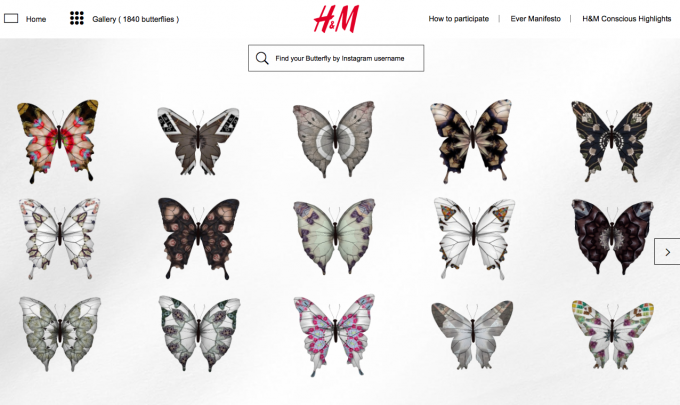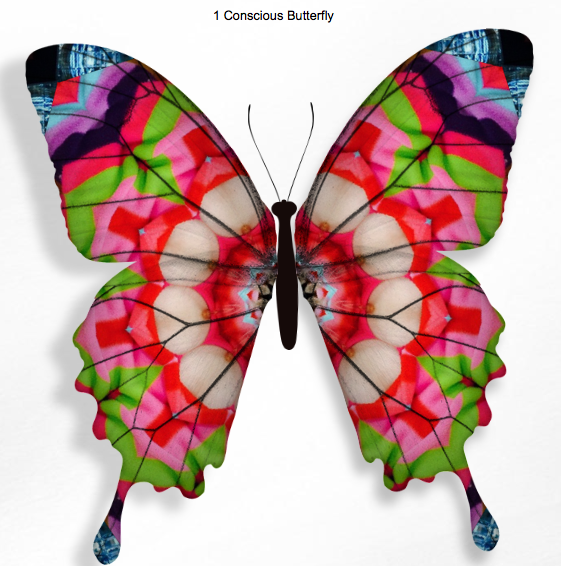I came across a social campaign last week and hurt my brain trying to understand how it worked, how to participate, and reasons people would want to participate. The campaign was H&M’s “Ever Conscious” Instagram campaign, #everconscioushm. (Even the hashtag bruised my brain a bit.) Let’s look at how to make a great social campaign. To do this, we’ll break down what’s wrong with this H&M flop. Here are 4 things great social campaigns have in common:
1. Great social campaigns have a simple purpose. The H&M campaign is meant to help spread awareness that H&M is using sustainable materials in their new line of clothes. If you check out the “About” page for this H & M campaign, it takes two long paragraphs and a doozy of a title “Spread consciousness of sustainability together” to start to understand what they are doing here. I don’t think their cause is bad—fashion that uses sustainable materials. But after reading their first paragraph, full of jargon like “actively striving” and “think tank”, I still don’t know how the clothing is sustainable and how participating in the campaign furthers their cause. The second paragraph clears it up a little—somehow by participating you will get a butterfly to share that will “contribute to the ‘butterfly effect’ of consciousness.” I believe most people who get far enough to click the “How to participate” button—even those who believe in this cause or are passionate about H&M—will fall asleep about three words in. Most people also won’t believe they can “spread consciousness” by making a virtual butterfly—especially since anyone curious about the hashtag or butterfly will have to get through these two grueling paragraphs to understand the purpose behind the campaign.
The Lesson: If you can’t explain the purpose of the campaign in one sentence, it’s too complicated.

2. Great social campaigns have a simple, desirable hashtag. The hashtag of this campaign is “everconscioushm”. The hashtag is long, and the “sh” between “conscious” and “Hm” make it hard to read. Also, “conscious” is a rough word to spell—I’m guessing 3 out of 5 people get it wrong. The instructions ask you to upload a photo to Instagram with that hashtag, which will “create your butterfly”. Because my friends see my Instagram feed, when I tested this campaign I was embarrassed to include that hashtag on my photo. It doesn’t make sense with any photo you choose to upload to the campaign, and if curious friends click the hashtag, they still don’t get any explanation for why it is included. It also isn’t easy to work into a sentence about the campaign, so it does nothing to “spread consciousness” about H&M’s campaign.
The Lesson: Consider your hashtag carefully. Look at it alone, without the campaign, and see if it creates intrigue, explains itself, and is easy to type.
3. Great social campaigns are easy to participate in. If someone decides to participate in the H&M campaign, they are told to upload a photo on Instagram with the #everconscioushm hashtag. Then they can go to the campaign website, type in their Instagram username, and their butterfly will come up. So already, participation requires a few steps. It is easy enough to do and instant, but switching from instagram to the website takes time. Then, you are instructed to “click and drag the butterfly to edit its texture”. On a computer, it’s difficult to tell what your grabbing and scrolling is doing to the kaleidoscope-like pattern. It’s also difficult to understand why someone would go to great effort to “edit” their butterfly if they end up with one that they love. (And why would someone love anything they create with this tool?)
The Lesson: Keep participation steps as simple as possible—one step and device required is best. Everyone is busy—assume they don’t have time for you, especially if you are not offering any great reward. If you are offering a prize, you can make it a little harder, but even then assume that more than a few minutes to participate is too much.
4. Great social campaigns are fun to share. With the H&M campaign, participants are then encouraged to share their butterflies. (Remember the catchy “‘butterfly effect’ of consciousness”—yipes!) But why would I share my butterfly? How would I explain that on my social channels? “Here is a butterfly I made. Buy sustainable clothes!” And so we have one of the best examples of a non sequitur that I’ve ever seen.
The Lesson: Imagine how your audience would share the message. In fact, compose your own “share” to see how it would feel to spread the word about the campaign. Make it natural or no one will share.
If you’d like us to help you create your next social campaign, contact us to see how we can help.



